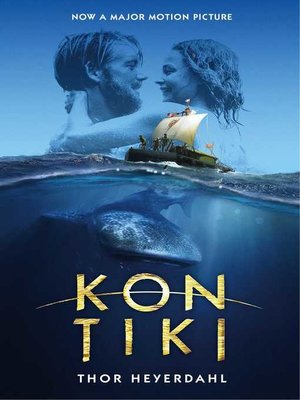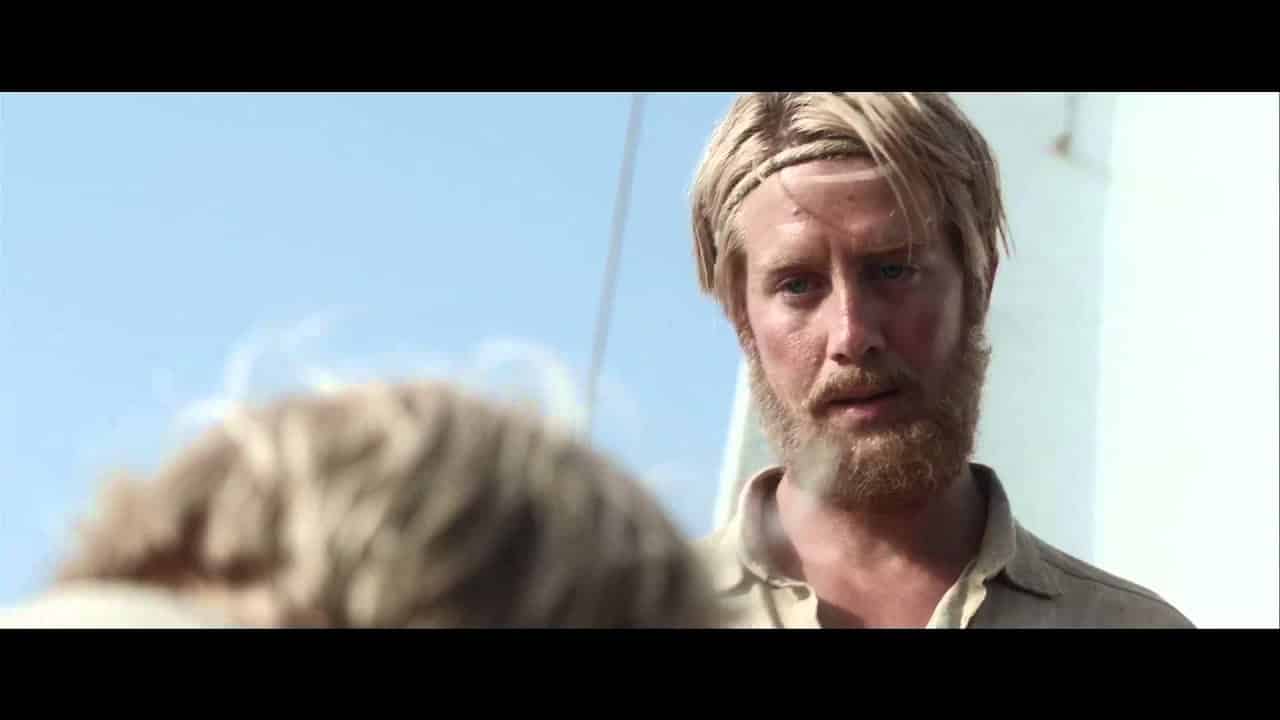
It requires enormous knowledge of the night sky and how it changes both with latitude and throughout the year.

Navigation is as much an art-and a spiritual practice-as it is a science. Piailug demonstrated his profound skill for reading the night sky and the ocean swells and safely guided the massive ocean-going canoe from Hawaii to Tahiti. But the 1976 voyage of the Hōkūleʻa-guided by Micronesian navigator Pius “Mau” Piailug-resolved the debate. A most notable naysayer was ethnologist Thor Heyerdahl whose 1947 Kon Tiki raft expedition advanced the drift idea that colonization occurred only as vessels simply traveled on the tides. Skepticism over the validity of those navigational methods has long muddied the waters.

Archaeological and linguistic evidence shows that navigators from Tahiti’s neighbor islands the Marquesas had settled the islands even earlier. When the Hōkūleʻa visits, Tahitians say, Maeva, a hoi mai, meaning “Welcome home.” There is a well-documented tradition of voyaging between the two island groups, and it is clear that in the 13th century, Tahitians used sophisticated navigational skills to travel the 2,500-mile distance and settle the Hawaiian Islands.

As part of its three-year circumnavigation of the globe, the Hawaiian voyaging canoe Hōkūleʻa arrived in Tahiti this summer on the first leg of its worldwide voyage.


 0 kommentar(er)
0 kommentar(er)
